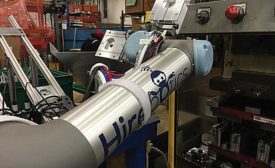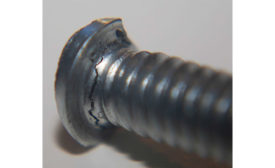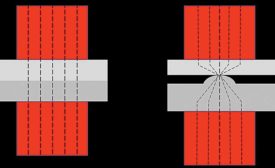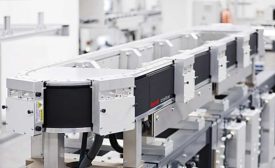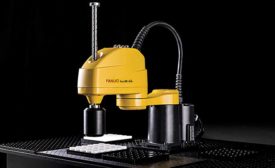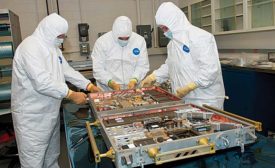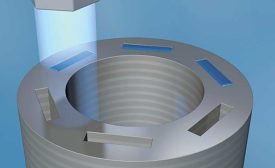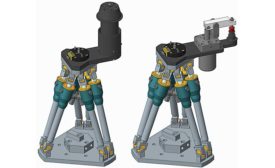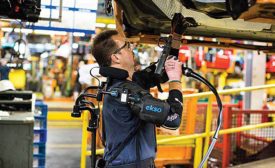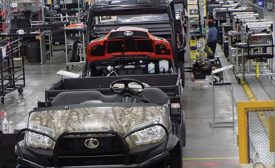Featured on Home Page
Robots-for-hire provides a new way for small manufacturers to automate
Read More
Why Threaded Fasteners Fail
Problems related to improper manufacturing, selection and installation are just as likely to cause fastener failure as hydrogen embrittlement and loosening
April 6, 2018
Resistance Projection Welding
For joining dissimilar materials, resistance projection welding offers cost-saving options
April 5, 2018
Industry 4.0 Drives Conveyor Technology
New products feature flexibility and energy efficiency
April 4, 2018
Next-Gen SCARA Robots
State-of-the-art SCARA robots are helping assemblers meet greater demand for speed and precision
April 2, 2018
Computational Fluid Dynamics Software Saves Time, Cuts Costs
Simulation software that models airflow can be a boon to engineers when designing clean rooms for assembly.
March 7, 2018
Alternative UV-Curing Adhesives
A new generation of UV-curing silicones and epoxies are increasingly being used in automotive and electronics applications.
March 6, 2018
Flexible Fixtures for Automated Assembly
Researchers have developed a hexapod-based reconfigurable fixture that can be used to assemble a family of automotive headlights.
March 5, 2018
Exoskeletons Lend a Lift at Ford
New technology makes overhead tasks less stressful on operators.
March 2, 2018
Never miss the latest news and trends driving the manufacturing industry
Stay in the know on the latest assembly trends.
JOIN TODAY!Copyright ©2024. All Rights Reserved BNP Media.
Design, CMS, Hosting & Web Development :: ePublishing
